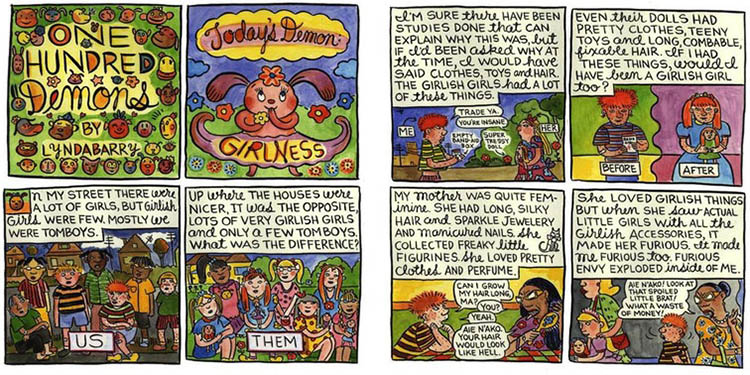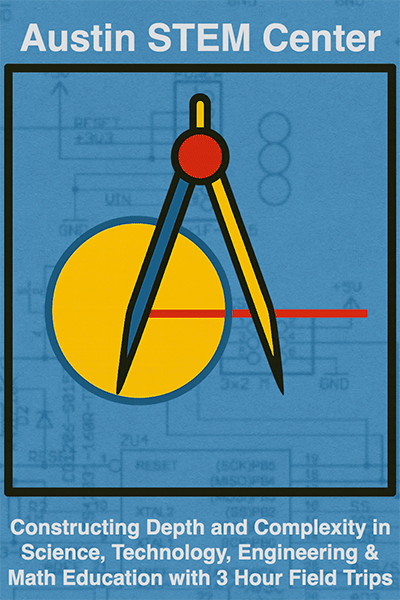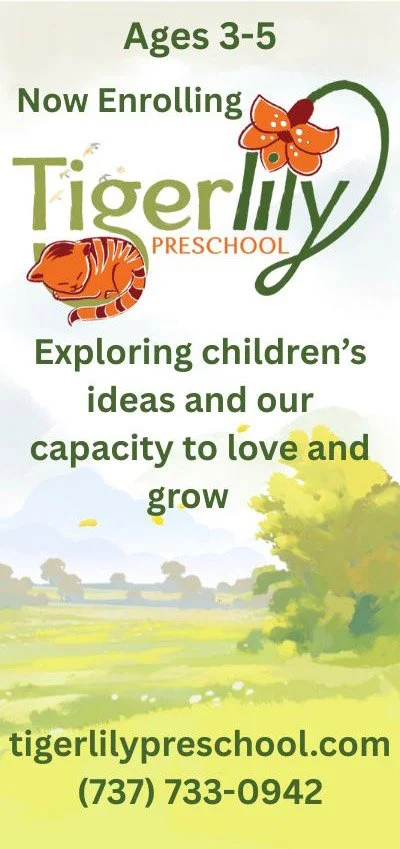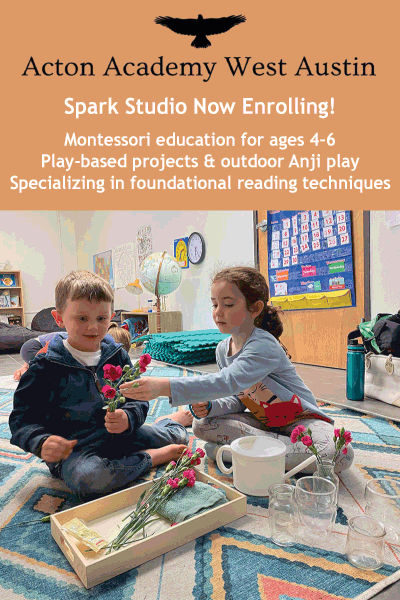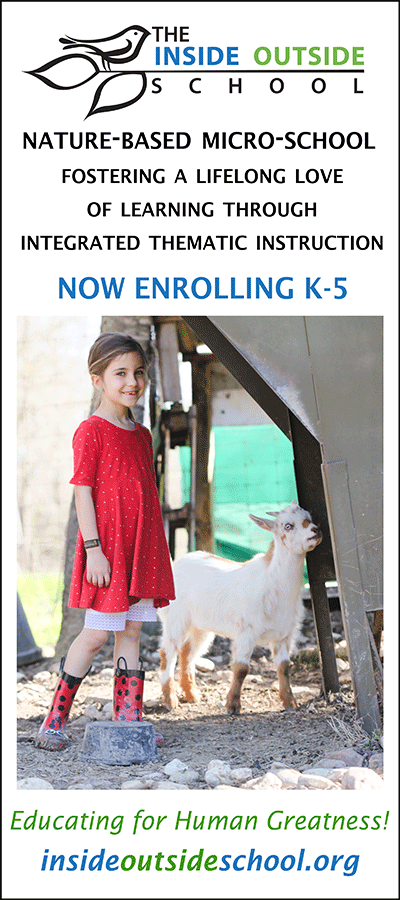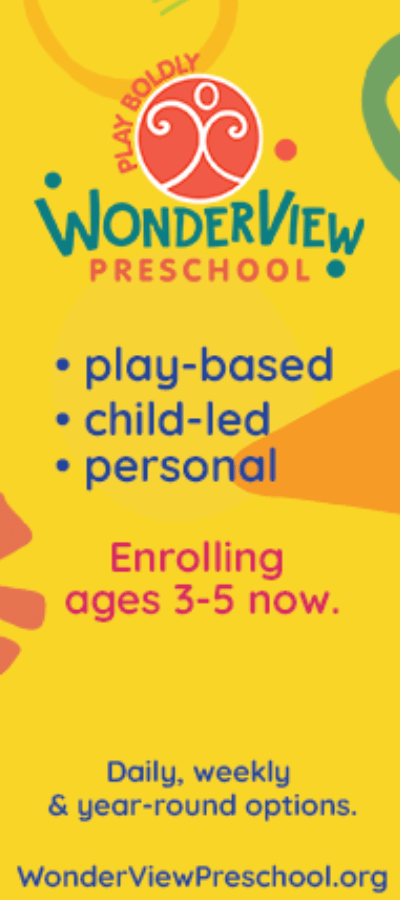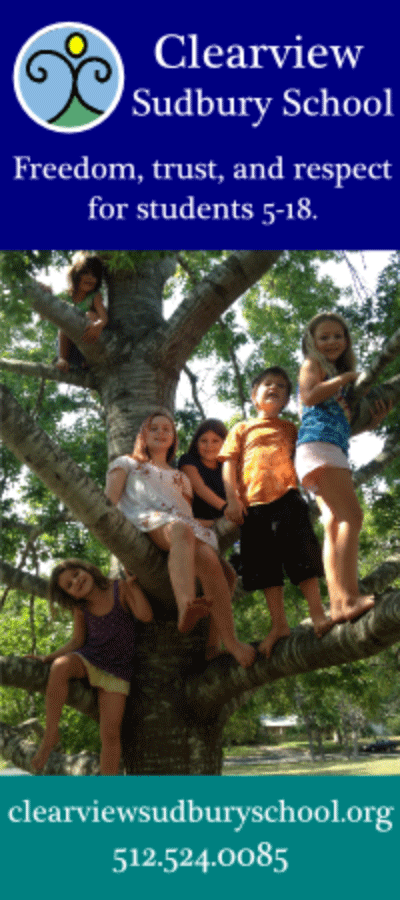New graphic novels workshop for high school students and adults
/Jess Hagemann is an award-winning author and accomplished biographer. She owns and operates Austin’s premier ghostwriting service, Cider Spoon Stories, through which she helps seniors, veterans, small business owners, and others write their life stories as books. She’s helping us celebrate National Novel Writing Month (#NaNoWriMo) with this guest post about her upcoming workshop, Graphic Novels and Novel Graphics.
I was six years old when the Bosnian War broke out in 1992. Protected in my little corner of Kansas, I watched Sesame Street, not the news. I didn’t know that 100,000 people were dying in this artificial conflict, the result of one group of people asking for their independence, and another group of people deciding they had no right to live at all. The largest European instance of ethnic cleansing since the Holocaust didn’t end for three bloody years. By then I’d graduated from PBS to MTV: a rapid coming-of-age that left me wise to the ways of pop culture—but not the politics to which pop culture responds.
It wasn’t until college that I read Joe Sacco’s Safe Area Gorazde, a graphic novel published in 2000 that recalls the journalist-author’s four months spent in the middle of the conflict. Based on the stories of several Bosniaks that Sacco interviewed in Gorazde between 1994 and 1995, the extent of the violence is revealed through a series of graphic vignettes and black-and-white illustrations more powerful than any photo essay. I learned then what it means for an author to give voice to the voiceless. For an artist to render truths we couldn’t otherwise have known. For trauma victims to share their stories, and finally be heard.
This eventually led me to start Cider Spoon Stories, a ghostwriting and editing service, in 2014. Ghostwriting means that if you have a story to share, but don’t have the time or confidence to write it down, you’ll tell it to me, I’ll write it for you, and you get the credit. It’s just that important to me that firsthand experiences and critical truths be disseminated.
When I’m not writing, I’m teaching other people to write. This month, the topic is (naturally) graphic novels. On Saturday, November 18, we'll be discussing Lynda Barry, Marjorie Satrapi, Mat Johnson, Mark Danielewski, Chris Ware, Tom Phillips, Sophie Calle, and more. We'll look at how they use illustration, obfuscation, and found objects—all layered with (or revealing) text—to create beautiful, whimsical, or disturbing stories—some for the social good, some for the sake of telling a dang good tale.
If you want to learn to create engaging, active characters; develop coherent narrative around those characters; write detailed, scene-by-scene story outlines; and script through page breaks and panel descriptions, register here. The class is appropriate for ages 16+.
Jess Hagemann


